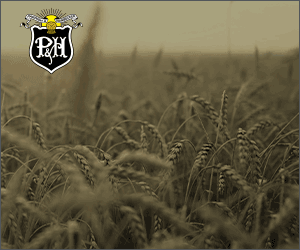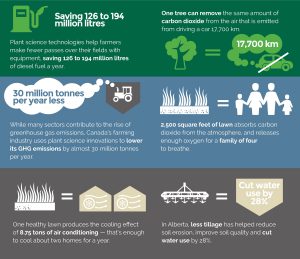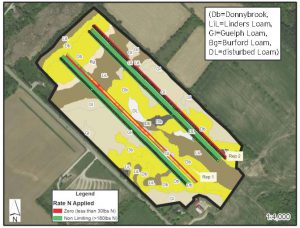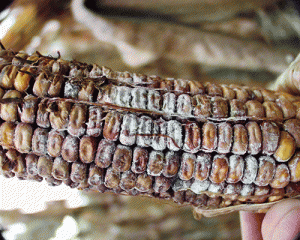Reducing the impact of high DON levels
PROPER STORAGE KEY
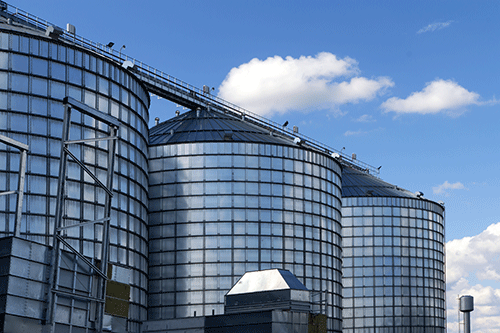
WITH THE HIGHER concentrations of vomitoxin (better known as deoxynivalenol (or DON)) being reported in corn, it is important to understand the effects of storage on DON.
DON is a mycotoxin produced by the fungus Fusarium graminearum (also known in its sexual stage as Gibberella zeae, hence the name of the disease in corn Gib ear rot). We have more DON this year because of the widespread injury in corn ears caused by western bean cutworm. Once corn dries below 18% it can no longer support growth by the fungus. DON mycotoxin is therefore mainly produced in the field before harvest. Occasionally, one can get an increase in DON in the wet tank before corn is dried, but once the corn is dried to below 18% the fungus stops growing and no more DON is produced. Therefore, managing DON in stored grain means keeping the corn in good condition and its moisture well below 18%. If corn gets damp or high moisture corn is aerated the fungus is more likely to produce zearalenone, a different mycotoxin that is estrogenic in pigs. In the past, when high moisture corn was more popular, we did see increases in both DON and zearalenone in storage over winter, but in our tests that we ran 15 or more years ago we never saw DON increase in storage unless grain was >18% moisture.
It is important to remember that DON levels in grain storage are highly variable and uneven. It takes many subsamples to get an accurate picture of the overall DON content in a grain mass. This is why two separate grain probe samples of the same load from the same truck can yield quite different results. So it is with sampling a grain bin. A sample taken in the fall from a bin might yield completely different results than a sample taken in the spring, unless they were taken from precisely the same place in precisely the same way.
The ethanol plants are picky about DON for two reasons. Most importantly, DON is a very stable chemical and is not broken down by the fermentation process or heat. What comes in at the front end in grain accumulates at the back end of the process in the dried distillers grains (DDGs) at a ratio of about 2.5 to three times. So if you deliver corn at 2.5 ppm DON the DDGs will be at 7.5 or eight ppm. DDGs are sold to the livestock industry as an important component of the ethanol value chain. Pigs go off feed at one ppm DON or less. The second reason is at higher concentrations of DON in the grain coming in (say five or six ppm and higher) the productivity of the yeast is affected and the conversion of sugars to alcohol is less efficient. This is why grain trucks are probed before they are allowed to dump to test for DON.
If there was work that needed doing it would on better sampling methods that give a better picture of DON levels no matter when you take the sample fall or spring.
Dr. Art Schaafsma is a field crop pest management professor at the University of Guelph Ridgetown Campus. •


